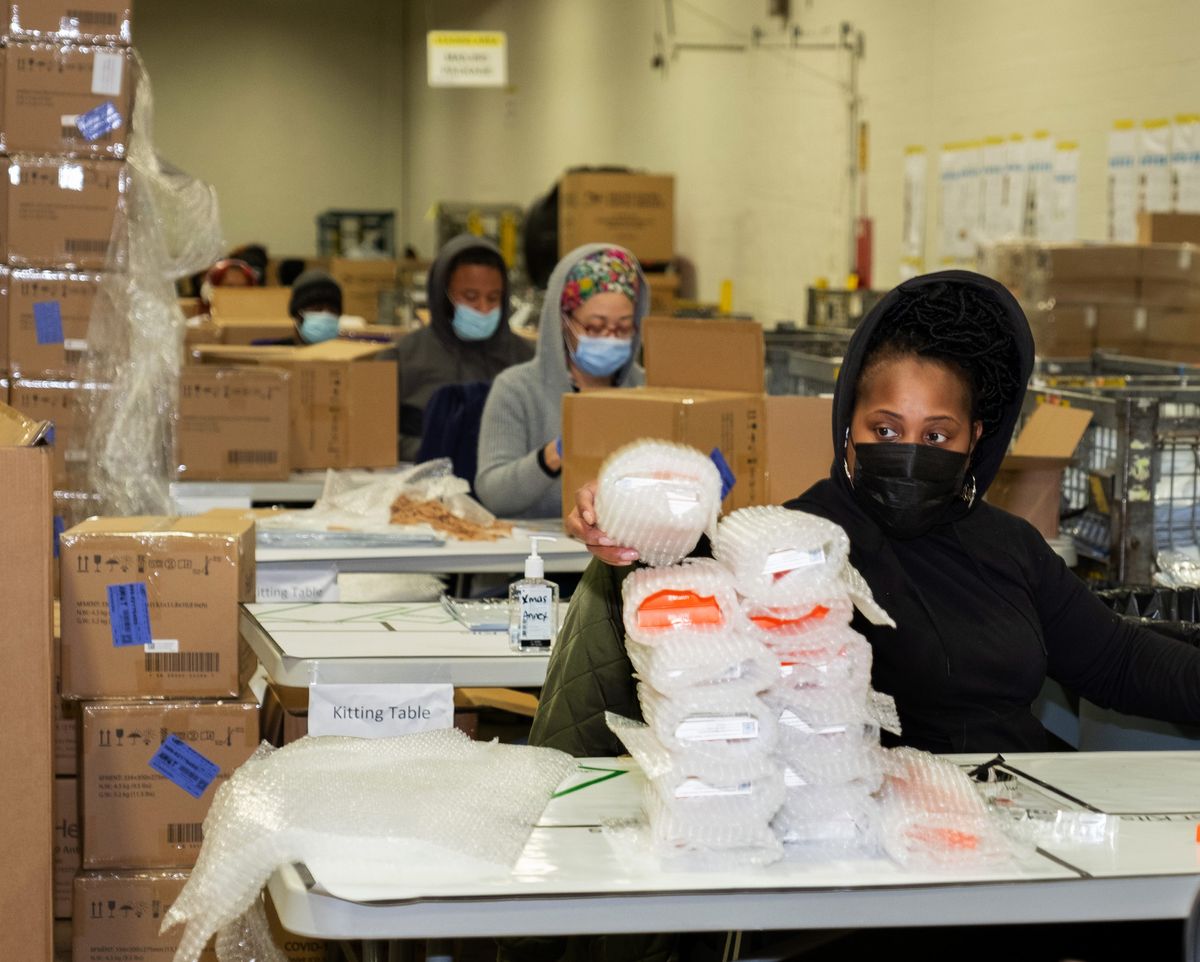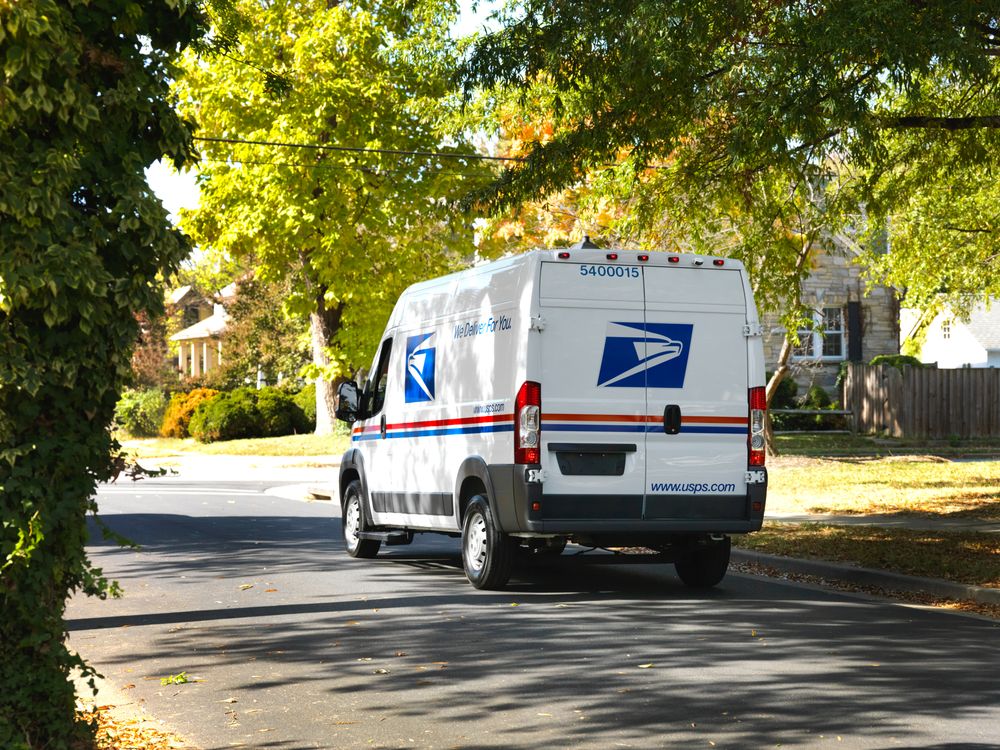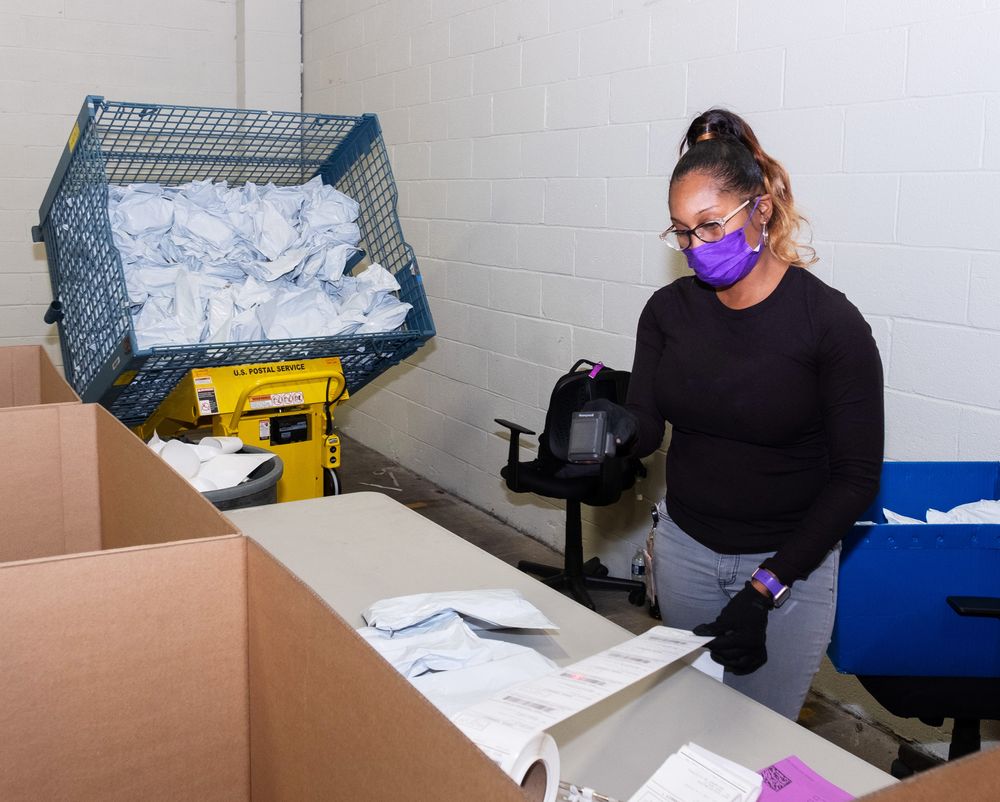The hidden cost of the postal mail network

The United States Postal Service touts itself as the original social network. Unlike modern-day social media, however, USPS must physically move paper, plastic, and packages across great distances to facilitate communication. One might wonder, what is the cost of all this movement?
Let's start by just considering a single postal worker. A postal worker in Clarinda, Iowa, must travel up to 181.4 miles daily to reach 234 houses. Considering the postal service's aging fleet clocks in a dismal 9 miles per gallon, this route might use over 20 gallons of gasoline per day — $50 to $70 worth depending on the price of gas.

Of course, not every postal carrier drives hundreds of miles for their route—the shortest route is only 2.3 miles. In total, carriers traveled 1.2 billion miles in 2021. If they were all using the old mail vans, that would be nearly $4 billion in gasoline. Let's not forget, there are inputs beyond gasoline that makes a car go vroom. In 2021 alone, USPS purchased 76,000 vehicle batteries, 709,000 tires , and 527,000 wiper blades to keep its fleet operational.

Beyond driving cars, there are additional costs that you may not even consider. For instance, USPS bought 1.2 billion rubber bands in 2021 and replaced nearly 60,000 American and POW/MIA flags, since they are legally obligated to fly these flags over post offices.
The good news: USPS is working to modernize its fleet with electric vehicles and more efficient gas vehicles.